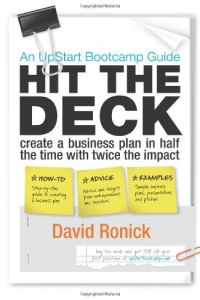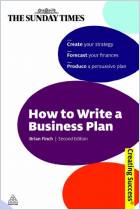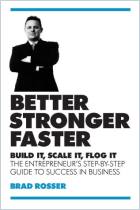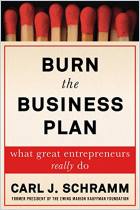If you are starting a new company, you need a business plan or “pitch deck” presentation. Slide by slide, entrepreneur David Ronick, founder of UpStart Bootcamp, shows you how to write a powerful business plan and present it to investors. Ronick interviewed numerous leading experts on business plans during his research for this practical, worthy guide for entrepreneurs. However, the book suffers from persistent product placement for Ronick’s company at the end of each chapter. The author should have taken his own good advice: “Get rid of the corporate logo and contact info on every slide.” Despite that foible, getAbstract recommends this hands-on, easy-to-follow advice to anyone who is getting a business off the ground or seeking outside funding.
How Business Plans Have Evolved
Starting a company requires developing a business plan to make your goals and vision explicit. If you have partners, the process of creating the plan ensures you understand each other. A business plan is essential if your start-up requires outside funding. However, business plans no longer follow the traditional “40+ page college term paper” format. Nowadays, 95% of venture capitalists prefer business plans to take the form of a “pitch deck” – that is, a presentation.
Planning Your Presentation
Balance your time between “planning and acting.” If you spend too much time getting feedback, you may lose momentum. Your business plan presentation doesn’t need to be perfect. Accept any needed help creating it, but don’t outsource the entire project; investors will ask some tough questions that only you can answer.
Keep your pitch simple, and cater to your audience. If your mother wouldn’t understand your pitch, reword it. Hook your listeners with the first slide. Your pitch deck should be about 15 slides long and include lots of white space. Never cram 10 bullet points on one slide. While the slides act as a guide to your presentation...




















Comment on this summary or 开始讨论